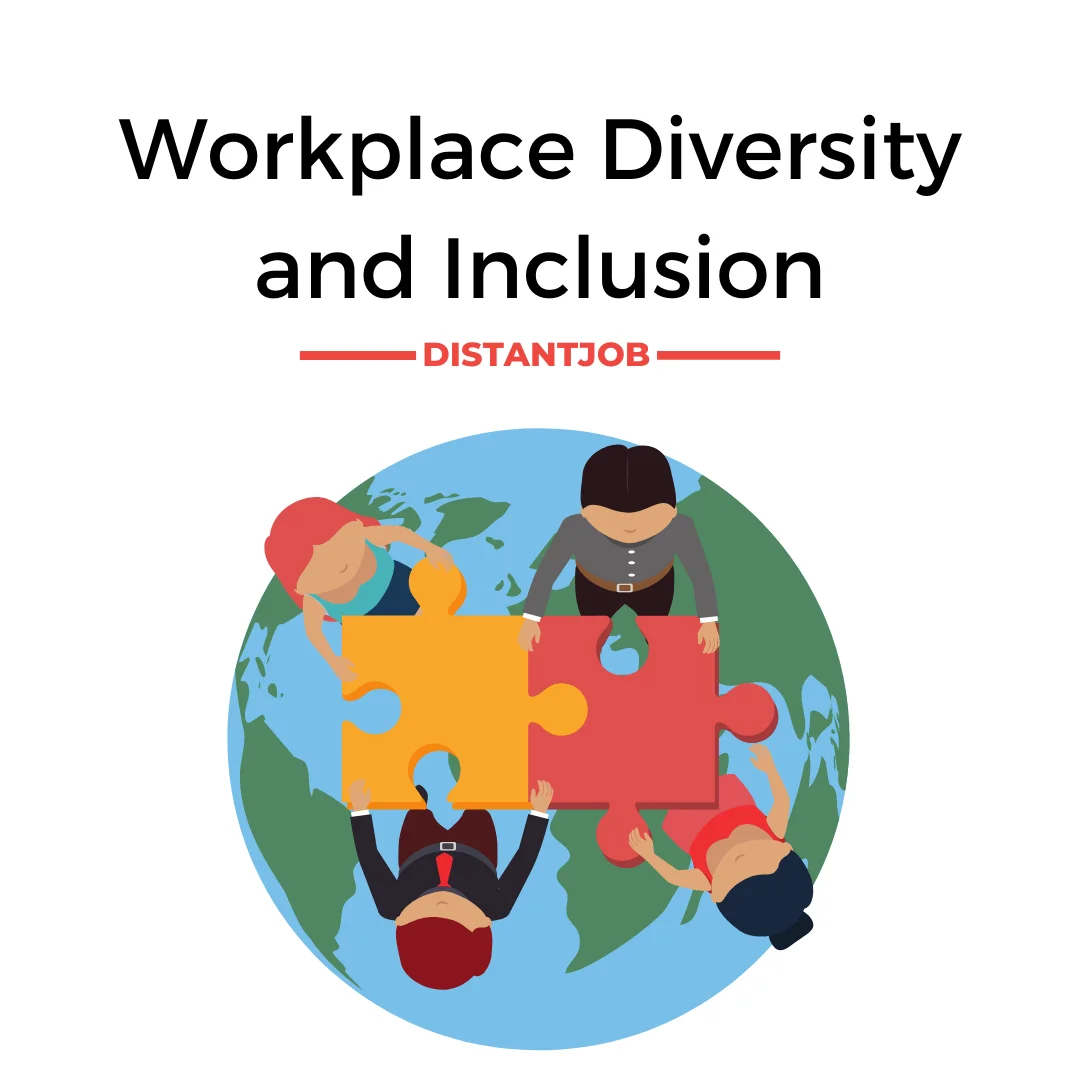Remote work and telecommuting options: In the rapidly evolving landscape of the modern workplace, remote work and telecommuting have emerged as transformative forces. These flexible work arrangements have gained massive popularity in recent years, reshaping the way we approach work-life balance, productivity and work opportunities. This article explores the world of remote work and telecommuting, exploring the benefits, challenges and various options available to both employees and employers.
The rise of remote work

Remote work:
The concept of remote work, also known as telecommuting, refers to the practice of working from a location other than a traditional office. This change has been driven by advances in technology, enabling seamless communication and collaboration regardless of physical distance. As a result, more companies are adopting remote work options.
Remote work facility
Flexibility: Remote work gives employees the freedom to structure their workday around their personal lives. This flexibility can improve work-life balance, reduce stress and increase job satisfaction.
Increased productivity: Many studies have shown that remote workers often report higher levels of productivity. The absence of office distractions, long commutes and the ability to work in a comfortable environment all contribute to this trend.
Access to a global talent pool: Employers can tap into a diverse talent pool by hiring remote workers from different geographic locations. This can lead to greater creativity and innovation within the company.
Telecommuting options
Full time remote work
For those who want complete autonomy in their work environment, full-time remote work is a compelling option. Employees in this category work entirely from home or other remote locations, communicating primarily with colleagues and supervisors through digital channels.
Part-time remote work
Part-time remote work balances between office and remote work. Employees can spend part of their work week in the office and work remotely for the rest. This option allows for a flexible schedule while maintaining a physical office presence.
Hybrid work model
Hybrid work models combine the best of both worlds, allowing employees to split their time between the office and remote locations. This approach promotes collaboration, increases team cohesion, and offers the flexibility remote work enthusiasts desire.
Challenges of remote work
While remote work offers numerous benefits, it also comes with its own set of challenges. These include:
Isolation: Remote workers may experience feelings of isolation and loneliness due to limited social interaction with colleagues.
Communication barriers: Effective communication can be challenging in a remote setting, leading to misunderstandings and misinterpretations.
Work-life balance: Ironically, the flexibility of remote work can blur the boundaries between work and personal life, making it difficult to disconnect.
Technical issues: Reliance on technology can lead to disruptions due to technical glitches or poor internet connectivity.
The employer’s perspective

From an employer’s perspective, remote work can bring significant benefits:
Cost savings: Companies can reduce overhead costs associated with office space, utilities and maintenance.
Wider talent pool: Employers can access a larger and more diverse talent pool, attracting top talent from different regions.
Increased employee retention: Offering remote work options can improve employee satisfaction and retention rates.
Remote work and telecommuting options have transformed the way we think about work. They provide flexibility, increase productivity and unlock access to a global talent pool. However, they also present challenges such as isolation and communication barriers. Ultimately, the choice of remote work or telecommuting depends on personal preference and the nature of the job. For employers, adopting these flexible work arrangements can lead to cost savings and improved talent acquisition. As technology continues to advance, remote work is poised to play an increasingly central role in the future of work. Embracing this trend and addressing its challenges can lead to a more dynamic, inclusive and productive work environment for all.
Read Also: Career development and advancement
![]()






One thought on “Remote work and telecommuting options”